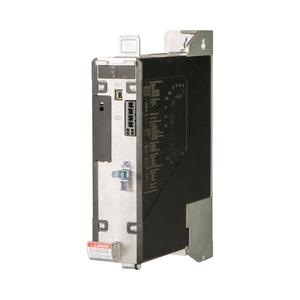Understanding Arm Cortex Price
The Arm Cortex family of processors is renowned for its high performance and efficiency, making it a popular choice in various applications. The pricing of these processors can vary based on several factors including features, functionalities, and intended applications. This section will dive into what influences Arm Cortex price, helping buyers make informed decisions.
Types of Arm Cortex Processors and Their Price Range
Arm Cortex processors are categorized into several types, each designed for specific applications and performance needs. Prices differ based on the architecture and intended use. Here’s a breakdown of the different Arm Cortex types:
- Arm Cortex-M Series:
- Designed for microcontrollers in embedded systems.
- Price Range: $0.50 - $5.00 depending on specifications and features.
- Arm Cortex-R Series:
- Optimized for real-time processing in automotive and industrial applications.
- Price Range: $2.00 - $10.00, influenced by performance and safety features.
- Arm Cortex-A Series:
- Designed for high-performance applications like smartphones and tablets.
- Price Range: $5.00 - $50.00 or more, based on processing power and capabilities.
Applications of Arm Cortex and How Price Affects Selection
The versatility of Arm Cortex processors allows them to be used across diverse industries. Depending on the application, the price can be a critical factor affecting the choice of processor:
- Consumer Electronics:
- Used in devices like smartphones, tablets, and smart TVs.
- High-performance Cortex-A models are often preferred, despite higher prices.
- Automotive:
- Utilized in safety systems, navigation, and infotainment.
- Investing in Cortex-R processors may involve a higher price tag for added safety features.
- Industrial Controls:
- Ideal for automation systems and machinery.
- Cortex-M processors are often more budget-friendly for embedded solutions.
Key Features That Influence Arm Cortex Price
The price of Arm Cortex processors is significantly influenced by their features and specifications. Understanding these can help buyers determine the most suitable option for their needs:
- Processing Performance:
- Higher clock speeds and more cores generally increase the price.
- For demanding applications, opting for a pricier model with better performance may be essential.
- Power Efficiency:
- Features such as lower power consumption can significantly impact the overall production cost and long-term savings.
- Security Features:
- Enhanced security options like TrustZone can raise the price but provide vital protection for sensitive applications.
- Support and Ecosystem:
- Developers may pay a premium for processors with extensive software support and documentation.





















































